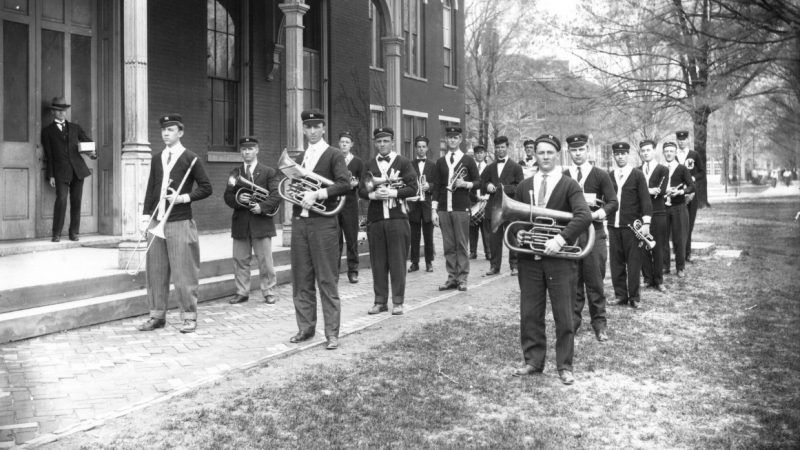Review: Centuries of Sound

Two decades before phonographs existed, Édouard-Léon Scott de Martinville invented a machine for transcribing sounds onto paper. This wasn't meant as a playback device, but scientists eventually managed to transmute those transcriptions back into audio again. The resulting recording is "far indeed from easy listening," blogger James Errington warns us. Instead, it's "slightly tuned white noise, through which you can hear something; not enough to really make out much, but unmistakably a human voice."
That muffled voice, captured singing "Au Clair de la Lune" in 1860, can be heard in the first installment of Errington's Centuries of Sound project.
The basic concept is simple: Every month, Errington posts a mix of recordings from a different year. Each DJ set comes with an essay offering some context for what we're hearing—and, sometimes just as important, what we're not hearing. If a form of music is emerging but hasn't made its way onto record yet (as happened, say, when jazz first appeared), we can read about it even if we can't listen to it.
The earliest mixes are short, essentially incomprehensible, and sometimes drawn from more than one year at a time. (Recordings in the mid-19th century were scarce, after all.) But soon we're getting a rich diet of arias, brass bands, minstrel songs, presidential speeches, vaudeville routines, and global selections from Russia to Quebec. We even get dirty jokes: Comedians started pressing them onto wax cylinders in the 1890s, sparking America's first crusade to censor indecent recordings.

Show Comments (5)